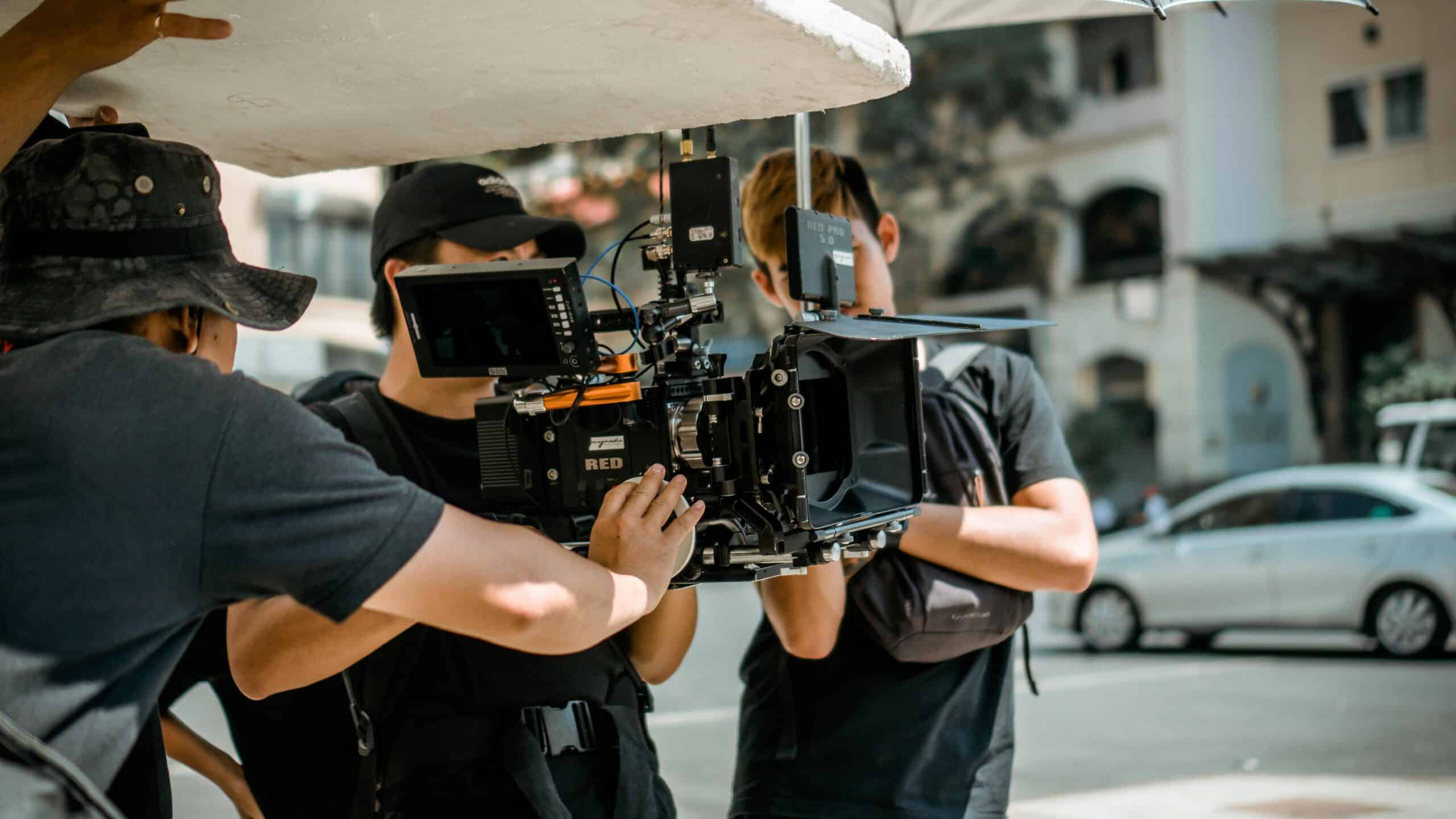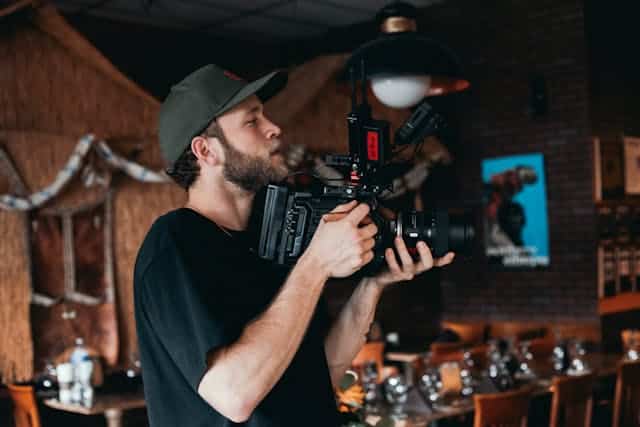Creating a Winning Film Proposal: A Comprehensive Guide to Attracting Investors and Bringing Your Vision to Life
Creating a winning film proposal is a crucial step in bringing your cinematic vision to life. Whether you are seeking funding, pitching to producers, or applying for grants, a well-crafted proposal can make all the difference in securing the support you need.
Hence, in this article, we will outline the key components of a winning film proposal and provide tips to help you stand out in a competitive industry.
Vital Effect of a Good Film Proposal
A film proposal serves as your project’s blueprint. Also, it outlines its concept, vision, and potential. Moreover, it is not just a document, but a persuasive tool that communicates why your film deserves attention and investment.
With that said, below are tips for crafting a winning film proposal:
1. Start with a Strong Logline
The logline is a one or two-sentence summary of your film that captures its essence. It should be concise yet engaging.
Furthermore, it should highlight the main character, conflict, and stakes. Additionally, a strong logline grabs attention and entices potential investors or collaborators.
For Example:
“A struggling musician discovers an ancient artifact that grants him the power to manipulate time but must confront the consequences of altering his past.”
Crafting an effective logline is an art. For more guidance, consider exploring Storydoc’s guide on film proposals, which offers valuable insights into creating compelling loglines.
2. Develop a Comprehensive Synopsis
Following the logline, provide a detailed synopsis of your film. This section should cover:
Plot Summary: Outline the main storyline, including key events and character arcs.
Themes: Discuss the central themes and messages of your film.
Genre: Clearly define the genre (e.g., drama, comedy, thriller) to set expectations.
Remember, a compelling synopsis not only narrates the story but also conveys the emotional journey and the unique perspective of your film.
3. Create Character Profiles
Character profiles help potential stakeholders understand who will drive your story. Be sure to include:
Main Characters: Provide detailed descriptions of your protagonists and antagonists, including their motivations and conflicts.
Supporting Characters: Briefly outline key supporting characters and their roles in the story.
Character Arcs: Highlight how characters evolve throughout the film.
In my experience, I’ve noticed that a well-developed character profile can significantly enhance the depth of your narrative, making it more relatable and engaging for both investors and audiences. Just the popular anime NARUTO.
4. Outline Your Production Plan
A solid production plan demonstrates that you have thought through the logistics of making your film. Nonetheless, you should include:
Budget Estimate: Provide a preliminary budget that outlines expected costs for production, post-production, marketing, and distribution.
Timeline: Present a realistic timeline for pre-production, filming, and post-production phases.
Locations: Identify potential filming locations and any unique requirements they may entail.
For a comprehensive guide on crafting a production plan, Wrapbook’s article on writing a film proposal offers detailed insights and templates.
5. Highlight Your Unique Selling Proposition (USP)
What makes your film stand out?
You should clearly articulate your unique selling proposition (USP) to differentiate your project from others.
This could be an innovative concept, a unique storytelling approach, or notable talent attached to the project.
An Example Is:
“Our film combines elements of magical realism with contemporary social issues, offering audiences both entertainment and thought-provoking commentary.”
Identifying and emphasizing your USP is crucial. As highlighted in Storydoc’s film proposal examples, a distinctive USP can significantly increase the appeal of your proposal to potential investors.
6. Include Visual References
Ensure to include visual references, this is because they can enhance your proposal by providing context for your creative vision. Consider including:
Mood Boards: Create mood boards that capture the visual style and tone of your film.
Sample Scenes: If applicable, include excerpts from the script or storyboards to illustrate key moments visually.
Reference Films: Mention films that inspire your project or share similar themes or styles.
Incorporating visual elements can significantly strengthen your proposal. For inspiration, Film Daily’s short film proposal template provides excellent examples of how to effectively use visual references.
7. End with a Strong Conclusion
Conclude your proposal with a compelling closing statement that reinforces why your film deserves support.
In addition to this, summarize its potential impact and express enthusiasm for collaboration. This is because a strong conclusion leaves readers with a lasting impression.
Example:
“With its unique blend of fantasy and reality, our film promises to captivate audiences while addressing important social issues. We invite you to join us on this exciting journey.”
A heartfelt conclusion can resonate deeply with readers, leaving them eager to be part of your project’s success.
It is important to know that creating a winning film proposal requires careful planning and attention to detail.
Also, by starting with a strong logline, coupled with the use of a good synopsis, and developing character profiles.
As well as, outlining your production plan, highlighting your USP, incorporating visual references, and concluding with an impactful statement, you can craft a compelling proposal that stands out in the competitive world of filmmaking.
While you embark on this process, remember that clarity and passion are key; therefore, your enthusiasm for your project should shine through every aspect of your proposal.
READ ALSO:
Copyright Laws for Filmmakers: What You Need to Know
Challenges of Independent Filmmaking
The Role of Music Supervisors in Film and Television
Marketing Your Film on Social Media Effectively




Your articles are very helpful to me. May I request more information? http://www.kayswell.com
You helped me a lot with this post. http://www.ifashionstyles.com I love the subject and I hope you continue to write excellent articles like this.
Thank you for your articles. They are very helpful to me. May I ask you a question? http://www.goodartdesign.com
You can, please go ahead.
You’ve been great to me. Thank you! http://www.hairstylesvip.com
You’ve been great to me. Thank you! http://www.kayswell.com
Thank you for being a part of my Journey.
Its like you read my mind! You seem to kow a lot about this, like you wrote the book in it
oor something. I think that yyou could do with a few pics to drive the
message home a little bit, but insead of that, this is great blog.
A great read. I’ll definitely be back.
Here is my page – https://www.fapjunk.com
Hmm is anyone else experiencing problems with the images on this blog loading?
I’m trying to figurre out if its a problem on my end or if it’s the blog.
Any responses would bbe greatly appreciated. https://meds24.sbs/